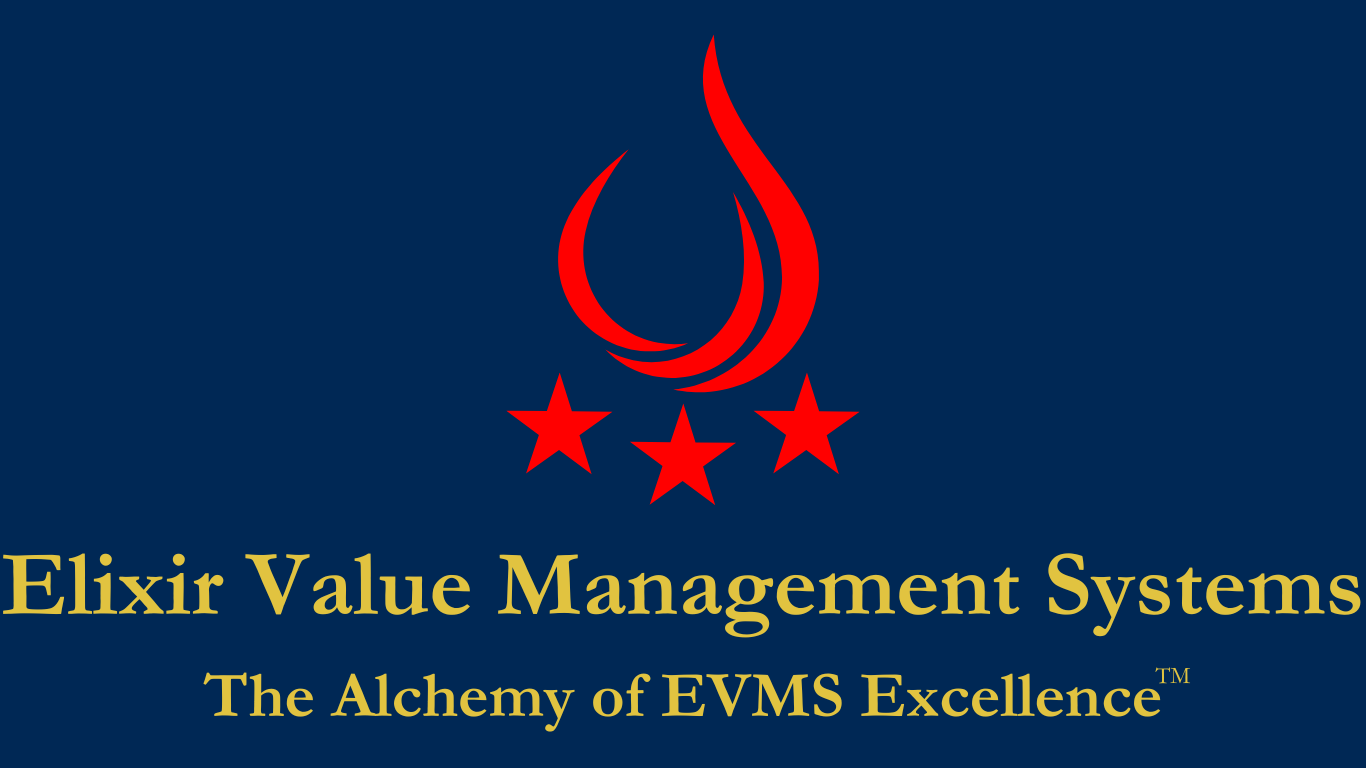🤔 The Earned Value Technique (EVT) Decision Tree 🔥
🧭 Making Earned Value Real: Why Every EVMS Practitioner Should Understand EVT Decision Trees
When you're first introduced to Earned Value Management Systems (EVMS), it’s tempting to focus on the formulas—BAC, EV, AC, CPI, SPI. But what often gets missed is something more foundational:
👉 How do you earn value in the first place?
This decision—made at the work package level—is fundamental to an EVMS that reflects truth. And that decision is made using a tool called the EVT Decision Tree.
💡 What is an EVT Decision Tree?
An Earned Value Technique (EVT) decision tree is a logic-based guide used by Control Account Managers (CAMs), schedulers, and EVMS practitioners to determine how each work package earns value. It walks through a series of yes/no questions to help you classify work as:
✔️ Level of Effort (LOE): for tasks with no measurable output
✔️ Apportioned Effort (AE): for tasks directly tied to other discrete work
✔️ Discrete Work: where progress is measurable and independently trackable
If the work is discrete, the tree helps you drill down further—these are just a few of the most common EVTs, but not an exhaustive list:
• 0/100 or 50/50: for short-duration tasks with clear start/finish
• Weighted Milestones: for tasks with definable interim accomplishments
• Percent Complete: for continuous work with quantifiable progress metrics
• Units Complete: for repetitive production of identical items
Other techniques may apply depending on the scope, duration, and measurability of the work—what matters is selecting the EVT that best reflects real performance.
🧠 Why It Matters
The EVT decision process is not just about compliance—it’s about control. It ensures that what you claim as progress aligns with what’s actually happening in the field.
✔️ It avoids overuse of LOE, which can mask performance issues
✔️ It gives leadership and customers confidence in the data
✔️ It enables objective variance analysis and forecasting
✔️ It lays the foundation for a compliant baseline and credible IBRs
🚨 The Risk of Skipping the Tree
When teams skip this step, they fall into common traps:
⚠️ Over-reliance on LOE
⚠️ Arbitrary use of percent complete without backup data
⚠️ CAMs unable to justify earned value during reviews
⚠️ Schedules and costs tracked separately—never truly integrated
The result? A system that reports progress without actually measuring it.
🟢 What You Get When You Apply It
When applied correctly, the EVT decision tree leads to:
✅ More accurate work package planning
✅ Aligned cost and schedule performance
✅ Reduced risk during compliance reviews
✅ Better forecasting and early detection of problems
EVMS isn’t just about tracking performance—it’s about trusting the performance you track. And that trust starts with the right EVT for each work package.
👉 Need help building your EVT decision tree and planning scope with the right earned value techniques? At Elixir Value Management Systems, Inc., we help government contractors develop fully integrated, audit-ready EVMS solutions—designed to reflect real performance, not guesswork.
📞 Let’s Talk!
📧 karlo.menoscal@elixirvms.com
📱 949-351-8896
#EVMS #Aerospace #Defense #Space #ProjectControls #ProjectManagement

